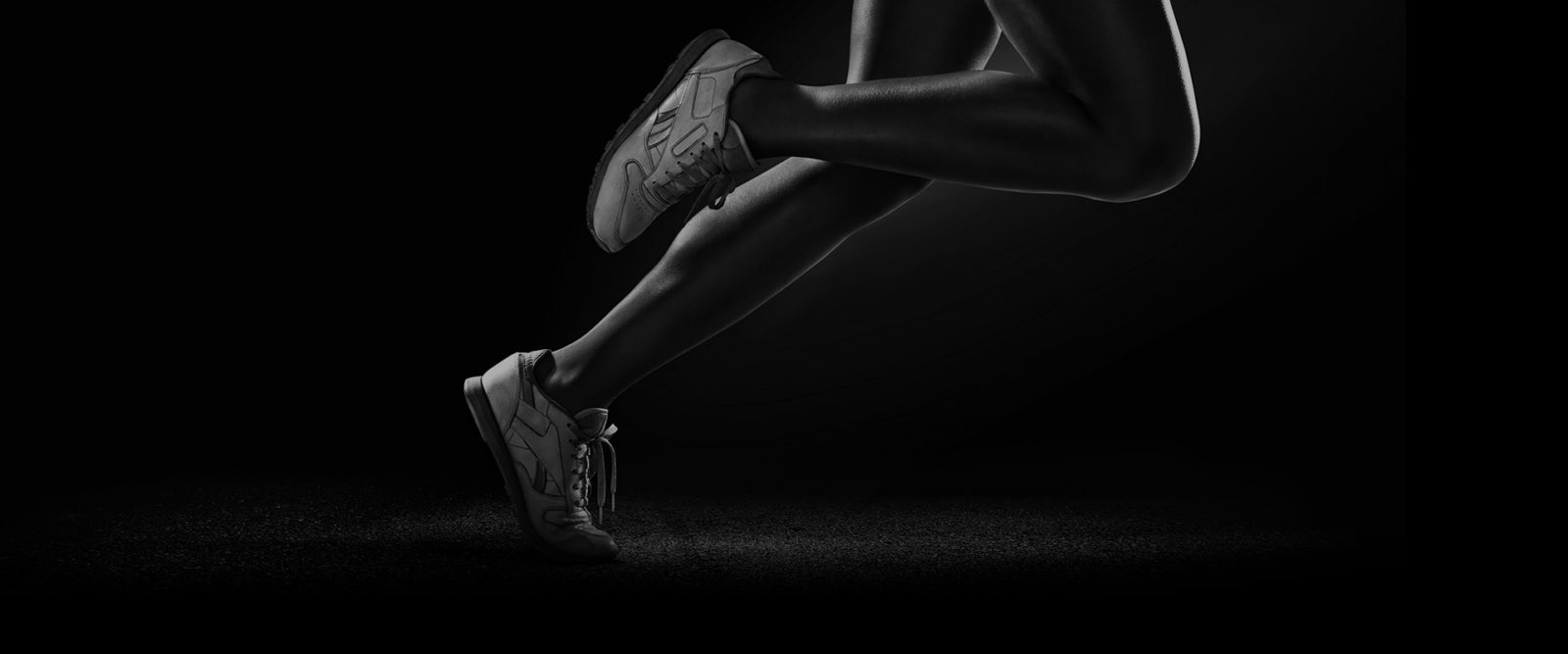The knee is often the bearer of injury and pain amongst runners. Most runners will have heard of or been on the receiving end of diagnoses such as patellofemoral pain syndrome, ITB friction, ‘runners knee’, patellar tracking issues or some other semi-descriptive terminology for ‘my knee hurts’. With such familiarity with knee issues, it shouldn’t come as a surprise to read the knee is rated as one of the highest injurious areas in running.
With saying that, what do all these names and injuries mean?
Not much, according to current health care practitioners. Now more than ever scientific research and literature in running around knee injuries are concluding that the knee is often the last point of breakdown in the biomechanical chain. If that’s the case, why don’t we just call it ‘knee pain’ and focus more on understanding the true root of what’s causing it.
Much like the middle child, the joints above and below the knee dictate much of what happens at that joint. It’s pushed into certain situations via the hip and ankle, it’s older and younger siblings. A chronically overused knee tries to play along with these joints until one day it gives in. In effect, the knee has had enough of putting up with the demands of the older and younger siblings and the ‘pain’ occurs.
Often to manage this situation we think we need to stop, cuddle and offer some ‘there there’ to make everything right again. This approach serves no discipline to the other siblings that forced the middle child into the situation in the first place, and chances are that without correction the same or similar problem will re-occur.
The hips and ankle are the gateway to having good control at the knee. We need a baseline amount of mobility (range of movement and control) at these joints, as well as primary support and stability at the knee. Running demands a certain aggregate amount of mobility, otherwise you can’t do it at all. A balanced body works together and everything contributes it’s part to make up this aggregate. However, if we lack ankle and/or hip mobility we need to find some extra mobility somewhere! Often it’s made up for with extra range in the knee, the next viable location in the biomechanical chain.
More range travelling through the knee creates excessive loading. Other muscles, like the quadriceps or hamstrings, will jump in with attempts to stabilise this overloaded joint. They work outside their job description, thereby causing pain. If the joints and muscles surrounding the mobile areas in the body were functioning correctly then the knee would be able to hinge in its appropriate linear position and the muscles wouldn’t need to work outside their capacity.
The goal of any management is to primarily understand where the main movement blindspots are occurring with a thorough functional assessment provided by a healthcare practitioner that understands the demands of the activity. Follow this up with appropriate management based on these findings.
The takeaway with any knee pain is; discipline the older and younger sibling because chances are that if you molly coddle the middle child you’re just treating the symptoms, which gets us nowhere fast.
